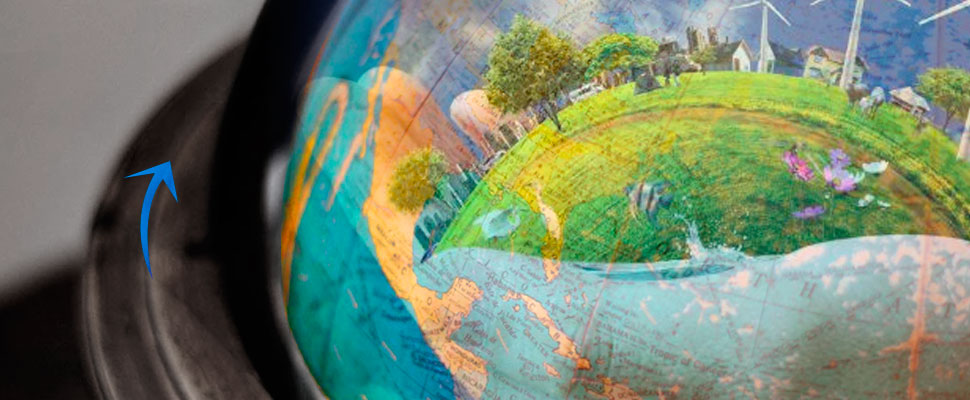Did you know that the earth moves at 994 miles per hour?
Find out here 7 fun facts about the environment that you may did not know

Nature keeps many secrets and wonders that you may not know. Here we tell you 7 fun facts about the environment.
1. The most powerful and deadly eruptions
The VEI (Volcanic Explosive Index) measures the power of the eruptions; the system was established in 1982 and has a scale of 0 to 8 to measure the explosiveness of the eruptions. According to CNN, the world's strongest volcanic eruptions occurred in:
- Santa María in Guatemala : occurred on October 24, 1902, and left 2,500 fatalities (level 6)
- Novarupta in Alaska : occurred June 6, 1912, and is the strongest volcanic eruption of the last century (level 6)
- Pinatubo in the Philippines: it took place on June 15, 1991, and left 350 dead
Leer en español: ¿Sabías que la tierra se mueve a 1.600 kilómetros por hora?
The most deadly eruptions
- Nevado del Ruíz, Colombia: in 1985 this volcano left 25,000 people dead
- Pelée, Martinique: in 1902 36,000 people died
Also read: 7 tips for you to have an eco-friendly Christmas
- Krakatoa, Indonesia: in 1883, it also left a balance of 36,000 human losses
- Tambora, Indonesia: in 1815 the eruption of this volcano left 92,000 victims
2. The strongest earthquakes
The Richter scale calculates the energy released by an earthquake and measures intensity from 2 to 10 degrees. These types of events, when presented with great magnitude, are often devastating. Economic and life losses tend to increase if tsunamis occur due to earthquakes.
Some of the most devastating in recent times are:
- Japan: in 2011, this event took place and the scale classified it as an earthquake of 9.1 degrees. The earthquake left 18,500 victims
- Indonesia: in 2004, a 9.1-magnitude earthquake triggered a powerful tsunami that killed 220,000 people
- Peru : in 2001, an 8.4-magnitude earthquake shook Peru, Chile, and Bolivia leaving approximately 115 people dead
It may interest you: Do you know how many animals are used to make fur coats?
3. At what speed does the earth move?
The earth moves at 994 m / h, according to the portal Muy Interesante
4. What is the coldest place on the planet?
The coldest place on earth registered a temperature of -98 ° C and is found in the ice valleys of Antarctica, reported the scientific journal Geophysical Research Letters
5. It’s so hot!
In 1913, thermometers recorded the highest temperature in the Mojave Desert, California. There, the temperature reached 56.7 ° C, according to the BBC.
6. Rainy days
In India, the Khasi Hills is the place with the highest rainfall in the world. According to the BBC, 80% of the rains occur during the monsoon and between June and September, the region experiences 75% of the rainfall.
7. Plants have served to develop powerful drugs
- Morphine comes from the fruit of the poppy
- Penicillin comes from the fungus Penicillium notatum
- The active substance in Aspirin, acetylsalicylic acid, is obtained from willow bark
LatinAmerican Post | Marcela Peñaloza
Translated from “¿Sabías que la tierra se mueve a 1.600 kilómetros por hora?”
Listen this article




